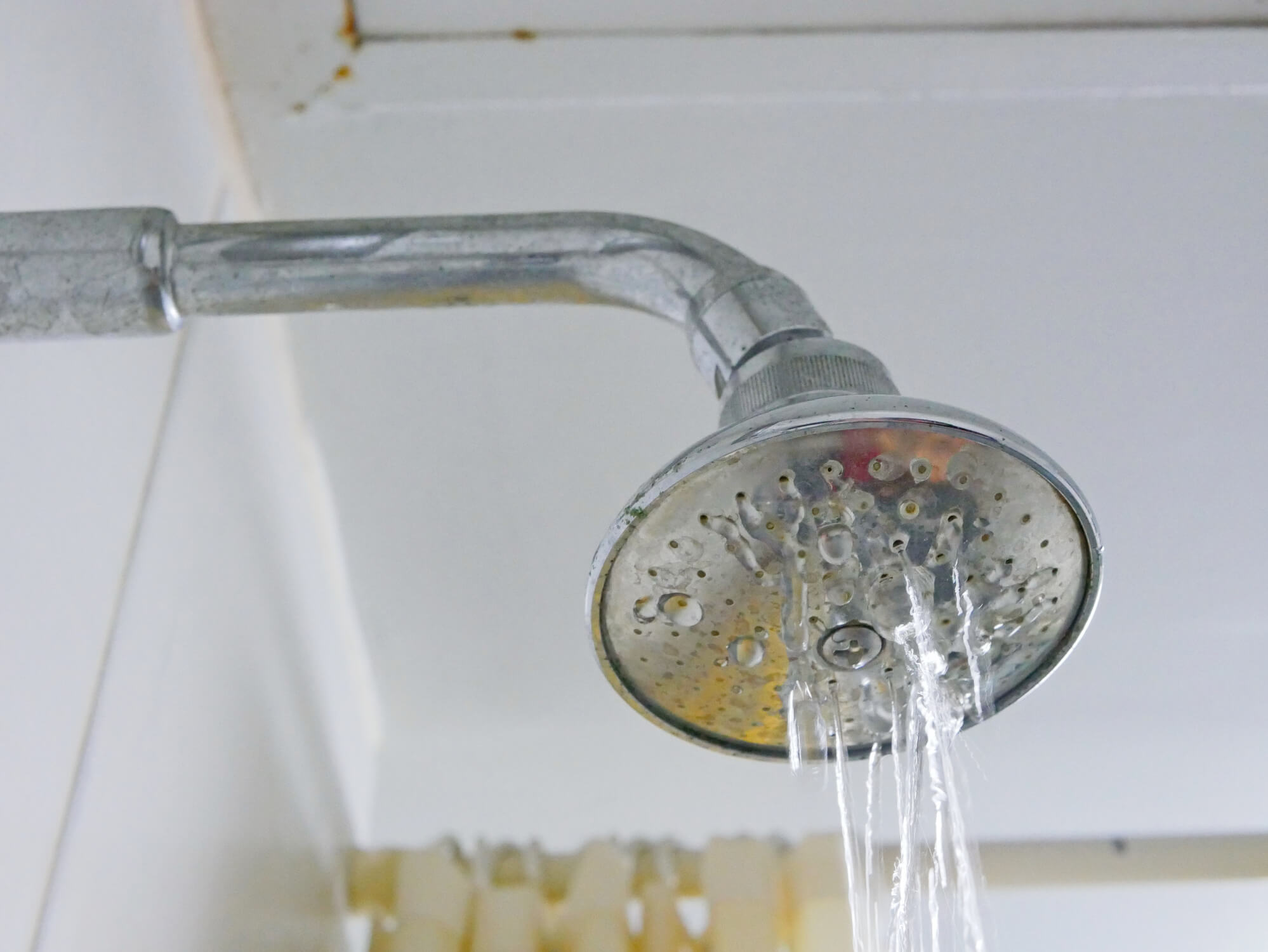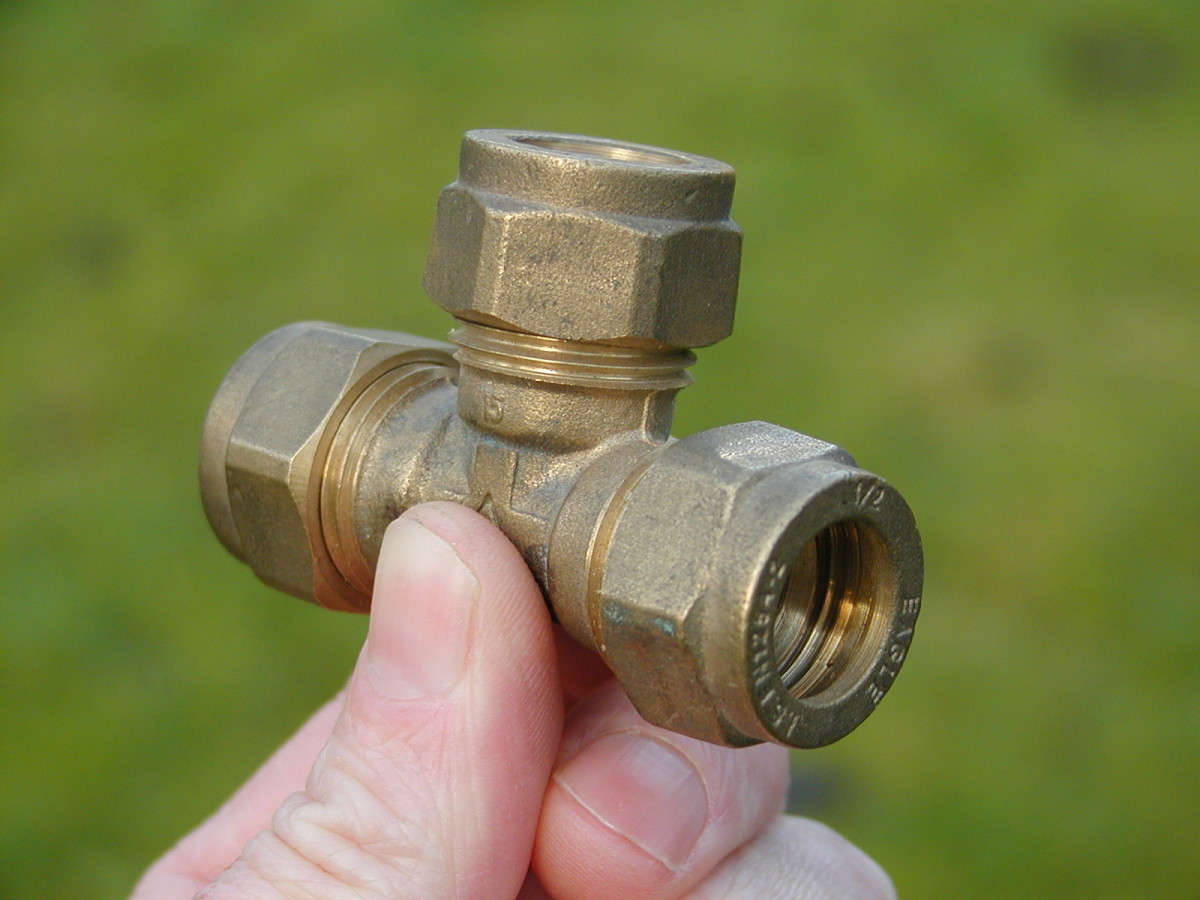How do you actually feel on the subject of Why Your Water Pipes Are Noisy and How To Shut Them Up?

To diagnose loud plumbing, it is very important to identify very first whether the unwanted noises take place on the system's inlet side-in other words, when water is transformed on-or on the drainpipe side. Noises on the inlet side have actually varied reasons: extreme water stress, worn valve and also tap parts, incorrectly connected pumps or various other appliances, inaccurately put pipeline fasteners, and also plumbing runs consisting of too many limited bends or various other limitations. Sounds on the drain side generally come from inadequate place or, similar to some inlet side noise, a format containing limited bends.
Hissing
Hissing noise that happens when a tap is opened slightly normally signals excessive water stress. Consult your neighborhood water company if you believe this problem; it will have the ability to tell you the water stress in your location and can set up a pressurereducing valve on the inbound water pipeline if necessary.
Other Inlet Side Noises
Creaking, squeaking, scraping, breaking, and also touching generally are caused by the expansion or contraction of pipes, typically copper ones supplying hot water. The noises happen as the pipelines slide versus loosened bolts or strike close-by home framing. You can commonly determine the area of the trouble if the pipelines are revealed; simply comply with the noise when the pipelines are making sounds. Probably you will find a loose pipe hanger or an area where pipelines exist so near flooring joists or various other framing pieces that they clatter against them. Attaching foam pipe insulation around the pipelines at the point of call must correct the issue. Make sure straps and wall mounts are safe and secure and also supply sufficient support. Where possible, pipeline bolts must be connected to huge architectural components such as foundation walls instead of to mounting; doing so minimizes the transmission of vibrations from plumbing to surfaces that can intensify and also transfer them. If attaching bolts to framework is inevitable, wrap pipelines with insulation or other resilient product where they call fasteners, and also sandwich completions of new bolts in between rubber washers when mounting them.
Remedying plumbing runs that struggle with flow-restricting limited or many bends is a last option that needs to be embarked on only after consulting a proficient plumbing professional. Unfortunately, this circumstance is fairly typical in older houses that might not have been constructed with indoor plumbing or that have actually seen several remodels, particularly by beginners.
Babbling or Screeching
Intense chattering or shrilling that occurs when a shutoff or faucet is activated, and that normally goes away when the fitting is opened totally, signals loose or malfunctioning internal components. The solution is to replace the shutoff or faucet with a brand-new one.
Pumps and also home appliances such as cleaning machines as well as dishwashers can transfer electric motor sound to pipes if they are incorrectly attached. Link such products to plumbing with plastic or rubber hoses-never inflexible pipe-to isolate them.
Drainpipe Sound
On the drainpipe side of plumbing, the principal objectives are to remove surface areas that can be struck by dropping or hurrying water and to insulate pipes to include inevitable noises.
In brand-new building and construction, bath tubs, shower stalls, commodes, and also wallmounted sinks and also containers should be set on or against resilient underlayments to reduce the transmission of sound through them. Water-saving toilets and faucets are less noisy than conventional models; install them instead of older kinds even if codes in your location still allow making use of older components.
Drains that do not run up and down to the cellar or that branch right into straight pipe runs supported at floor joists or other framing present particularly troublesome noise troubles. Such pipelines are huge sufficient to emit significant vibration; they also carry substantial quantities of water, that makes the circumstance worse. In new construction, define cast-iron dirt pipelines (the big pipes that drain pipes commodes) if you can manage them. Their massiveness contains much of the sound made by water going through them. Likewise, avoid transmitting drains in walls shared with bedrooms and also spaces where people collect. Wall surfaces including drainpipes need to be soundproofed as was explained earlier, using dual panels of sound-insulating fiberboard and wallboard. Pipelines themselves can be wrapped with special fiberglass insulation created the function; such pipes have a resistant vinyl skin (sometimes having lead). Results are not always sufficient.
Thudding
Thudding noise, often accompanied by shivering pipes, when a tap or home appliance valve is switched off is a condition called water hammer. The sound as well as resonance are triggered by the reverberating wave of stress in the water, which suddenly has no area to go. In some cases opening up a valve that releases water rapidly right into a section of piping having a limitation, joint, or tee fitting can generate the same problem.
Water hammer can usually be treated by installing fittings called air chambers or shock absorbers in the plumbing to which the trouble shutoffs or faucets are linked. These tools enable the shock wave created by the halted circulation of water to dissipate in the air they contain, which (unlike water) is compressible.
Older plumbing systems might have short upright sections of capped pipeline behind walls on tap runs for the very same function; these can eventually full of water, decreasing or damaging their efficiency. The treatment is to drain the water supply completely by shutting down the main water system valve as well as opening all taps. After that open the major supply valve and also close the taps individually, starting with the tap nearest the valve as well as finishing with the one farthest away.
If Your Plumbing is Making These Sounds, There’s a Problem
A Bang or Thump When You Turn Off a Faucet
If a loud bang or thump greets you each time your turn off running water, you likely have a water hammer. A water hammer occurs when the water velocity is brought to a halt, sending a shock wave through the pipe. It can be pretty jarring — even worse, damaging to your plumbing system. All that thudding could loosen connections.
Strange Toilet Noises
You’re so familiar with the sounds your toilet makes that your ears will be attuned to anything out of the ordinary. Fortunately, most unusual toilet noises can be narrowed down to just one of several problems.
Foghorn sound:
- Open the toilet tank
- Flush the toilet
- When you hear the foghorn noise, lift the float to the top of the tank
If you’re ambitious, you can remove the ballcock valve and disassemble it to replace the washer. Or you can more easily replace the ballcock valve entirely. This device is relatively inexpensive and available at most any hardware store.
Persistent hissing:
The hissing following a flush is the sound of the tank filling. It should stop once the tank is full. But if the hissing continues, it’s likely because water is leaking out of the tank. The rubber flap at the bottom of the tank can degrade, letting water slip through and into the bowl. That’s why the tank is refilling continuously. Fortunately, this is an easy fix:
- Cut the water to the toilet by closing the shutoff valve on the water supply line.
- Flush the toilet to drain the tank.
- Disconnect the flapper
- Attach the new flapper
Gurgling or bubbling:
Gurgling or bubbling suggests negative air pressure in the drain line, likely resulting from a clog. As air releases, it causes the water in the toilet to bubble. This could either be a minor issue or a major one, depending on the clog’s severity. Clogs can be caused by toilet paper or more stubborn obstructions such as tree roots. If you can’t work out the clog with a plunger, contact a professional plumber for assistance because a clog of this magnitude could lead to filthy and unsanitary sewage backups in your sink bathtub.

Do you really like reading up on How To Fix Noisy Pipes? Post a remark further down. We would be interested to see your ideas about this write-up. We hope to see you back again in the future. Do you know another individual who is sincerely interested in the niche? Do not hesitate to promote it. Thanks for your time invested reading it.
Schedule And Pricing
Comments on “Plumbing Noise Type Checklist”